
Rig count update: US activity increases, Canada plunges
The number of oil and gas rigs operating in the US ticked higher this week, while Canadian activity tumbled, according to the latest data released from Baker Hughes.

The number of oil and gas rigs operating in the US ticked higher this week, while Canadian activity tumbled, according to the latest data released from Baker Hughes.
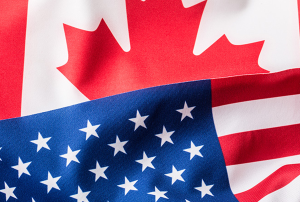
Canadian Prime Minister Mark Carney said the US probably won't reduce tariffs on steel, aluminum, and other goods from Canada anytime soon.

Following August’s modest 4% uptick, the volume of steel shipped outside of the country slipped 8% in September to 594,000 short tons, according to recently released data from the US Department of Commerce.

Canadian steelmaker Algoma's plans to bring forward the scheduled full transition to electric-arc furnace (EAF) steel production by one year merits a revisit. Why? Because of its potential impact on ferrous scrap flows between the US and Canada.

In our opinion, it is striking that for all the bold talk about establishing a "common external tariff" — or "Fortress North America" — the solutions being proposed fail to live up to their promises. As we have commented recently, USMCA certainly needs a rethink. But we have serious concerns about Canadian and Mexican proposals that suggest common trade policies that are, as we see it, more illusory than effective.
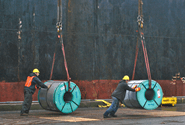
According to recently finalized US Commerce Department data, US steel imports tumbled to a near five-year low in September
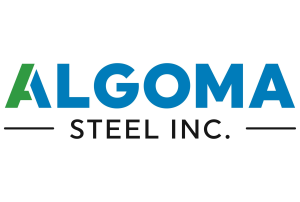
Plans are in the works to save 500 steelworker jobs at Algoma Steel and to construct two new mills – a plate mill and a beam mill, according to various local media reports.

The American Iron and Steel Institute’s (AISI's) Kevin Dempsey gave a series of policy proposals ahead of the review of the USMCA trade agreement next year.

Canada’s Algoma Steel announced ~1,000 layoffs on Monday as a result of disruptions from the US tariff situation.
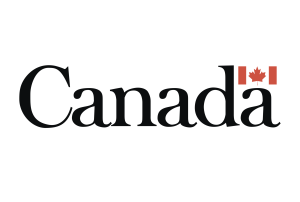
ArcelorMittal Dofasco and Stelco are aiming to increase spot market base prices by a minimum of CA$100 per short ton (US$72/st), effective immediately.

Canadian Prime Minister Mark Carney announced new measures on Wednesday to strengthen the country’s domestic steel industry, which include a tariff on some downstream steel-intensive goods.

US and Canadian rig counts both declined this week, according to the latest Baker Hughes data released on Wednesday, Nov. 26.
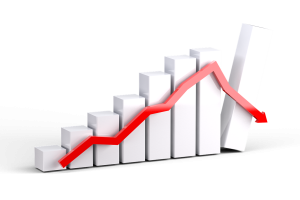
US steel imports declined considerably in September and October, with trade falling to reduced levels not seen in nearly five years.

SMU sits down with Barry Zekelman to talk North American trade and the state of the US and Canadian steel industries.

Sheet prices are in the middle of one of their most sustained rallies since the first quarter, and this time in the absence of any tariff or trade policy shocks.
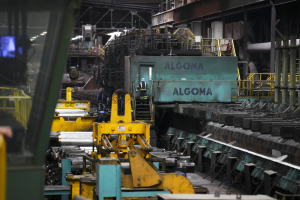
Algoma Steel plans to continue its transition to electric-arc furnace (EAF) steelmaking using the CA$500 million in loans from the Ontario provincial and Canadian federal governments.

The latest Baker Hughes rig count report showed oil and gas drilling improved in the US this past week, while Canada saw its rig count decline.

ArcelorMittal sees green shoots in North America despite tepid demand.
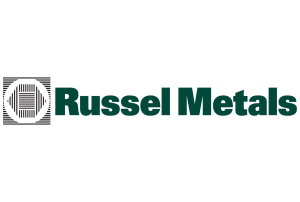
Russel Metals posted mixed financial results in its third-quarter earnings report. The Mississauga, Ontario-based metals processing and distribution company generated Canadian $35 million (US$53.5 million) in net income for Q3'25, representing a 1.4% increase from the same quarter in 2024.

Want to know the latest on Trump, tariffs, and trade policy – and the impact on both steel and aluminum? Join Steel Market Update (SMU), Aluminum Market Update (AMU), and leading law firm Wiley for a Community Chat on Thursday, Nov. 13, at 11 am ET.

The latest Baker Hughes rig count report showed oil and gas drilling improved in both the US and Canada in the first week of November.
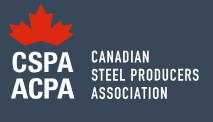
The Canadian Steel Producers Association (CSPA) applauded the passage of the Canadian federal budget, which includes several measures that aid their domestic steel industry.
Zekelman Industries said Canadians who report the use of foreign steel in active or future public construction projects are eligible for a CAD$1,000.00 (USD$711.62) payment.

President Trump’s decision to suspend trade negotiations with Canada has crushed short-term expectations of any relief for Canadian producers or the US Midwest P1020 premium.
North American auto assemblies declined in September, down 5.1% vs. August. And assemblies were also down 1% year on year.
Algoma Steel’s net loss more than quadrupled in the third quarter on trade woes and its EAF transition. Separately, the company announced a change in leadership, as CEO Michael Garcia will retire at the end of the year.
US President Donald Trump took to social media late Thursday night to announce he was canceling trade talks with Canada.

Drilling activity increased in both the US and Canada last week, according to the latest oil and gas rig count data released by Baker Hughes.

There are days when this feels like a “nothing ever happens” market. Don’t get me wrong. Plenty is happening in the world. It’s just that none of it seems to matter when it comes to sheet and plate prices.

Any steel imports into the EU that exceed the new, lower quota level would be subject to a 50% tariff, which represents a major increase from the EU’s current 25% out-of-quota tariff. This move would largely align the EU’s steel tariff rate with Canada and the United States.